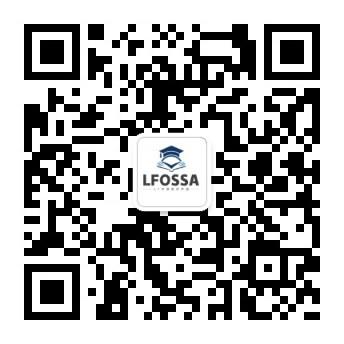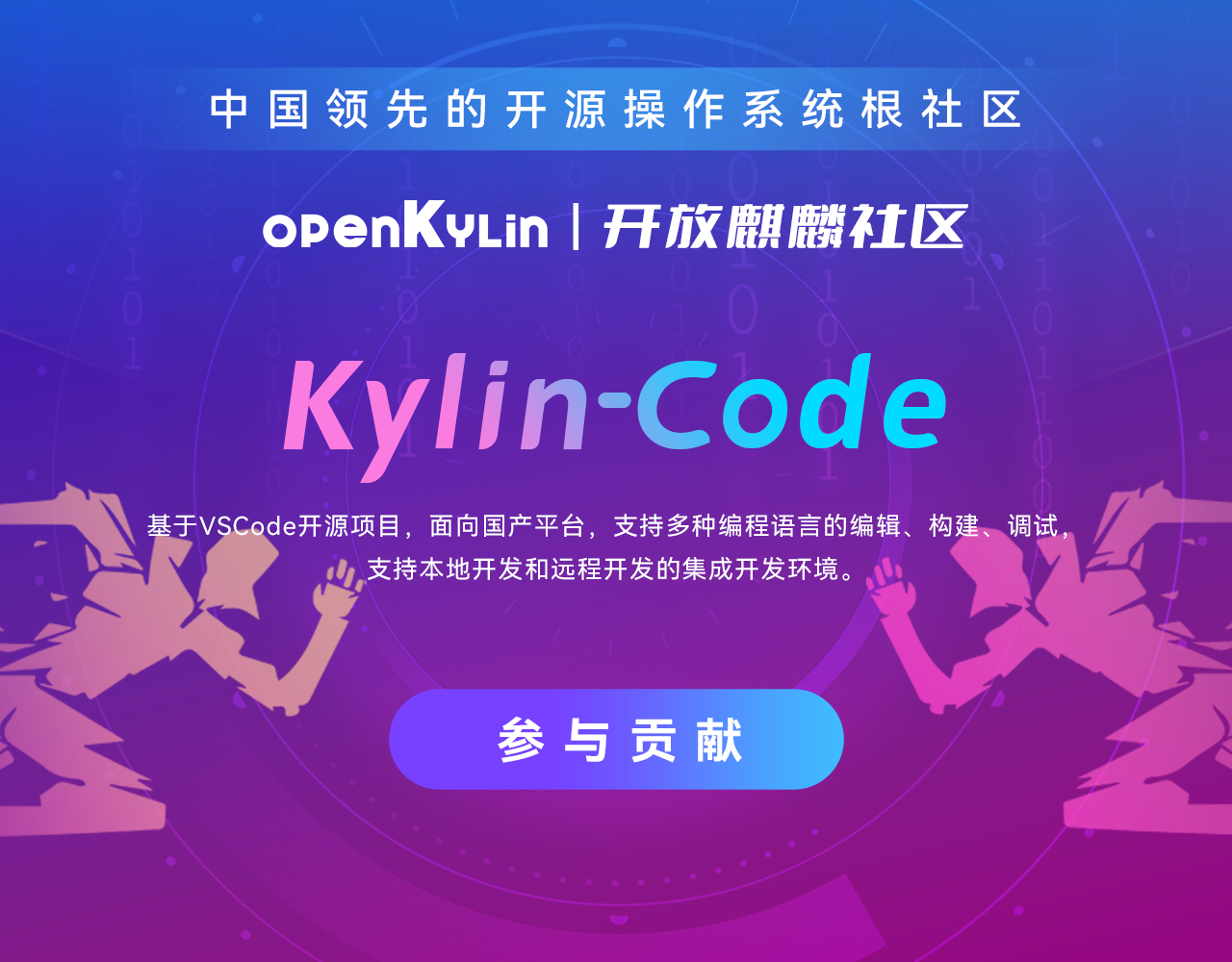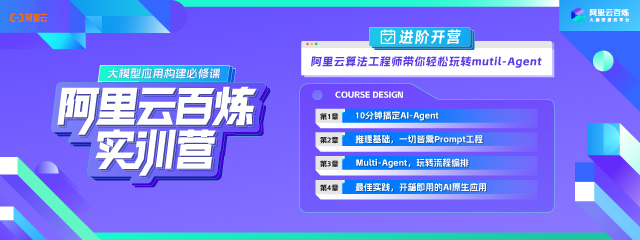Open Source Program Offices (OSPO) has become popular among major domestic manufacturers in the past two years. At the beginning of 2021, Ant Group also established OSPO. Although it is not a long time, it has gradually found its own way. The editorial department of Open Source China invited Bian Sikang, the executive director of Ant Group OSPO, to talk about what methodology Ant Group OSPO has formed to guide open source practice.
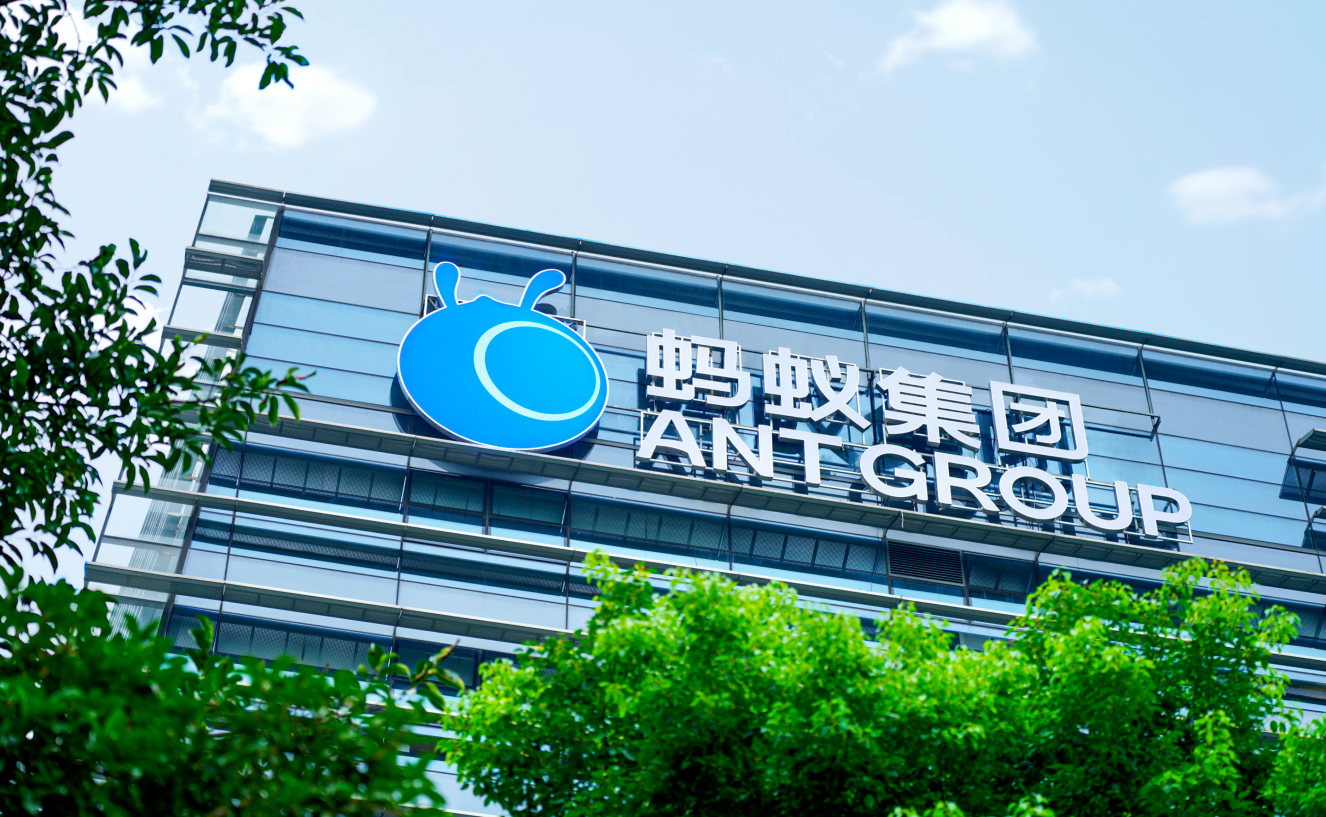
01 Both an operator and a diplomat
Ant Group's OSPO was established in early 2021. This time node seems to be the time when the ants deliberately wait to come, or it seems to be just the right time to let nature take its course. When there are some problems accumulated in the process of open source, and Bian Sikang said, "You can try," OSPO began.
Bian Sikang: When a company sets up OSPO, it is better for it to happen naturally rather than deliberately. There must be open source before OSPO.
Many BUs (Business Units) will involve excellent open source projects. During the development of projects, some problems will gradually accumulate, such as risk, cost and effectiveness. Later, people will gradually perceive these "pain points", then recognize them, and then form a judgment - "there needs to be an organization to systematically carry similar needs".
The logic of establishing OSPO may be consistent with the idea of establishing the Department of Efficiency, the Department of Security and other departments. After the business develops to a certain scale, an organization can carry out business coordination, governance and operation, which will bring greater help to the improvement of overall efficiency.
I received this proposition shortly after I came to the company. I was a little confused at the moment, because it was not the same direction as originally expected, but I still felt that I could try it with the spirit of "I belong". Later, I made some experience with the support of everyone. Slowly, I became more comfortable.
Ant Group's OSPO is a virtual organization with core members. It refers to the design of TODO Group, foundations (such as CNCF) and other organizations.
The dimensions we consider may not be that complex. Start with "who and what problems do we want to solve", define users and short-term goals, and then specify the required expert experience and resources, reach consensus and clarify the mechanism before starting. If there is still lack of expert support in some aspects, the organization can evolve and adjust at any time. This design is also open internally and can be iterated forward according to the collected suggestions.
I like the book Silicon Valley Ecosphere: Innovative Rainforest Law very much. This book tells us that many regions in the world try to imitate Silicon Valley to build technology parks and creative parks that can incubate great companies, but few succeed. What they lack is not capital and talent, but a win-win ecosystem for all stakeholders. This also applies to open source.
In the book, there is a word called "deal maker", which refers to those social network nodes in Silicon Valley who can link capital and entrepreneurs, so that innovation can occur naturally.
OSPO plays this role. OSPO should think internally like an operation officer about how to better coordinate and develop open source projects; To the outside world, we should think like diplomats, how to seek cooperation with the community, We should jointly pursue sustainable, mutually beneficial and healthy development, and how to better seize the opportunities of innovation through open source.
02 The core tenet of Ant Open Source: Open up key technologies
What is OSPO? What is the problem to be solved? What is its position in Ant Group? How does it affect open source projects? In addition to promoting open source projects, what role does OSPO play? Ant Group has some answers to this.
Bian Sikang: The core tenet of Ant Open Source is to open key technologies to everyone. OSPO is a carrier of this core purpose.
The life cycle of open source projects is similar to the incubation idea of CNCF's sandbox - incubation - graduation.
The growth of a project also starts from the sandbox stage. The project at this stage has the intention of open source and business needs, but it is somewhat similar to human cubs, and can not operate some things systematically and independently. At this time, OSPO can provide growth support.
One of the most important points is that OSPO will help the open source team to clarify "what is the goal of open source". After the goal is clear, the project will enter the incubation stage, and OSPO can help the team to make some preparations for the implementation of open source.
At the same time, OSPO will also coordinate internal and external resources to cooperate with incubation, so as to ensure that the project will create an excellent community in a more professional way after open source. We have encountered situations where some excellent and potential open source projects were suspended due to the team's lack of consideration of the development direction of the project. Of course, after clarifying the ideas with the team business leader, we finally successfully open source it.
The work of OSPO should be based on the requirements. Some teams have rich experience in open source and can operate their own communities; Some teams need to use open source to develop their business, but the actual implementation personnel have no contact with open source and lack community experience. We will invest more energy in such projects and personnel.
OSPO is an emerging and yet to be defined business direction. To understand it in depth, we need to think systematically, top-down and as a whole. This is to return to Laotse's "Tao magic tool" model.
At the "Tao" level, we think OSPO is a "catalyst of enablement", that is, a catalyst, not a chemical reaction itself. Catalysts have two functions: to make impossible chemical reactions happen, or to make chemical reactions happen more efficiently.
The "method" is to answer "what are the problems we need to solve". Internally, OSPO solves problems such as risk control, cost reduction and output improvement; Externally, OSPO focuses on how to promote cooperation with the open source circle, how to find business opportunities, and how to help business results.
At the "technical" level, OSPO provides specific mechanisms, processes, best practices, high-quality cases, and talent training. When the methodology is shaped, it will be supplemented with corresponding "tools" to upgrade tools.
The core of OSPO's overall idea is to start from business demands, first solve the problem of lack of mechanism and risk exposure caused by lack of mechanism, then serve the project well and improve the overall level of open source awareness.
On the whole, open source can not rush for quick success and instant benefit. It is a long-term thing, which must be agreed with everyone.
It is not easy to reach an open source consensus within the enterprise. When a concept has not been systematically popularized and people have little contact with it, they will face the challenge of "difficult to reach consensus". For example, it is easy to reach a consensus on the "database", but it is not easy to reach a consensus on what the "metauniverse" contains and how to do it.
In fact, the overall state of domestic open source is still in the use oriented stage. As for "contributing to open source", there is still considerable room for progress. Therefore, many people often fail to realize the great value of open source.
Open source methodologies such as "feedback upstream, asynchronous communication, and emphasis on documents" can be used for enabling technology development and technology culture within enterprises. only However, people often ignore the connection between "open source" and technology culture, and think that I do not do open source, and it has no relevance to me. This is a common mistake.
Another problem is that the understanding of open source tends to go to extremes. Some people will over beautify the value of open source, thinking that the project will develop after open source, and some people will use it, and some people will contribute to it. In fact, this idea needs more consideration; Some people worry about the potential risks of open source, and think that the external visibility of code will lead to more compliance and security issues being found, which is a sign of insufficient understanding of open source.
The role of OSPO is to meet these challenges and find solutions to some extent. If there is no OSPO, the corresponding challenges may become "no man's land", and the project team is easy to make judgments based on the cognition at that time, thus leaving sequelae. With OSPO, we can combine the experience of experts in the open source community and the system understanding of internal business to get an integrated and effective solution.
03 OSPO provides open source expert support, and the independent decision-making power is still in the team
For a project to achieve long-term and sustainable development, it is necessary for multiple departments to work together, especially when it involves open source, so it is important to clarify the priorities. In Ant Group, the role of OSPO is always clear whether it is to use open source, participate in open source, or initiate open source projects.
Bian Sikang: The process of using open source is complex and not isolated. Of course, the business decisions, security decisions, and compliance decisions involved in OSPO actually existed long before OSPO, which needs to be clarified.
At the level of open source use, it is more appropriate for the team to make independent decisions, especially business selection and security judgment. This is not an open source scenario, but rather a specific technology selection and software supply chain problem.
In some scenarios, we will have some restrictions on the use of open source components, but this will not be very different because it is open source. After all, the introduction of closed source components and technology selection also have corresponding risks. In this dimension, OSPO generally appears as "open source expert support" on the business and security sides.
At the level of open source participation, first of all, it should be clear that the team will have its own decision-making power. OSPO provides expert experience. For example, if the business team recognizes that an existing open source project can better solve technical problems, it is likely that the team will become a participant in the project community. The fork project will be promoted according to the requirements of the community and internal business needs. If the ideas of the team and the community cannot be reconciled, an internal branch may be formed, but in most cases, the main idea is to give back to the upstream and build together.
On the other hand, participation in open source itself does not require a corresponding incentive mechanism, because the external motivation of "using project support business" is strong enough. The fields that our technology students focus on are also relatively cutting-edge. For some well-known and easy-to-use open source projects, there will be enough internal motivation to participate and contribute. For example, we are an important participant in Ray community. Because Ray has solved our business problems well, we do not need to rely on incentives to mobilize everyone to contribute. The existence of business is enough to drive everyone to contribute.
Ant Group believes in small and beautiful changes, so when we first created OSPO, our core purpose of open source is to hope that everyone can open source with confidence and goals. On the one hand, it is required that the project can bring real technical business value, on the other hand, it is also required that the project can develop healthily and sustainably, attract external participation, and fundamentally promote the long-term progress of technology and industry.
At the beginning of the establishment of OSPO, the main task was to develop a mechanism to realize these visions, and then make it clear that open source must follow the process. At the same time, we have carried out corresponding cultural support for the process, and have special self service documents to assist team students in open source design, and clarify the open source goal, community governance and operation mode. After that, the project will participate in the open source review.
Students who have gone through this process will improve their overall understanding of open source. This awareness improvement is essential for the long-term success of open source.
04 Innovate on the basis of reference according to the needs of the industry
For more than a year, Ant Group OSPO has established its own open source management process step by step. In fact, in this process, ants are not alone, and many pioneers have left a wealth of experience. Of course, when applying these theories and experiences to internal practice, ants will focus on their own situation and find out their own innovation points.
Bian Sikang: The core logic behind "step by step" is actually a priority issue. Our core pain point is the "overall design and closure of open source" mentioned above. Doing this well will actually involve a lot of energy. After that, we will slowly expand our work to such important but less urgent parts as open source use and open source incubation.
In fact, the Linux Foundation and TODO Group have provided quite a few good educational documents for our reference. Interestingly, although I know TODO, when I first started business, I didn't look at all the designs of TODO carefully. Instead, I started from the internal business needs, combined product design thinking with user experience design, and worked with my supervisor to find out and decide the first few things we should do and the segmentation of the overall work goals. After these things were done, I carefully looked at the contents of TODO once, and found that many of them were consistent with our situation.
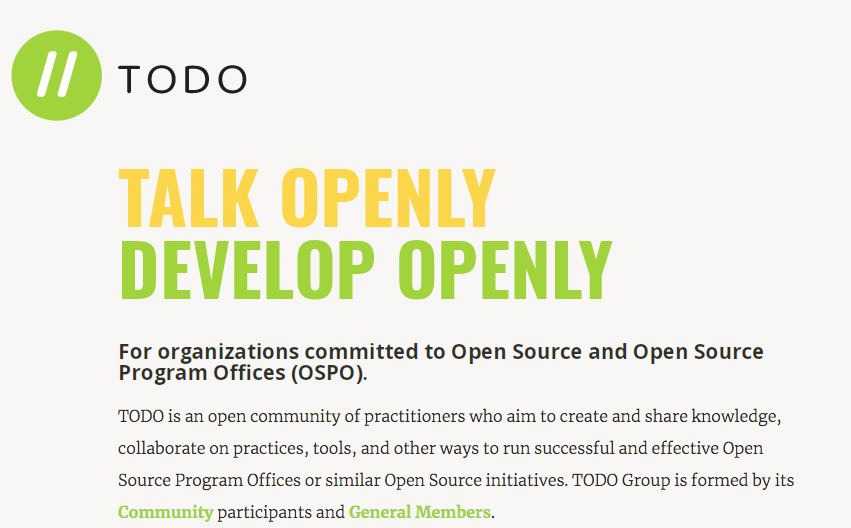
This discovery of the same goal by different routes also directly shows our innovation. The first innovation opportunity is to "make things real" and focus on "bringing some small and beautiful changes to the world", so we pay more attention to projects and people who "don't know how to do without open source" and help them make some corresponding preparations so that everyone can understand open source better. This is also a process of "risk shifting to the left", which can control potential risks more upstream.
Another potential innovation lies in the service boundary of open source OSPO. At present, the industry is still at an early stage of exploration on the issue of "how to carry out and measure the scope of work of the Open Source Office", and no consensus has been reached. Some of our exploration and practice, such as open-source related tools and methodologies, may become an innovation.
Ant's OSPO will look at what the industry needs and seek win-win or even multi win opportunities in this dimension. If the current domestic open source circle needs standards and tool support, we will think about how to combine internal business demands to provide external help.
There is no big difference in the core between enterprises promoting open source and communities promoting open source. After all, the people to reach are similar, and the people to find are also similar.
Community open source emphasizes engineer culture, cooperation and co construction, and enterprises, as profit making organizations, will have more clear business goals, but this is not a matter to be considered when a community starts cold. After all, a project needs to solve practical problems, and the community is attractive enough to bring about corresponding growth. It is meaningless to rely only on operation.
There are many aspects that enterprises need to pay attention to when promoting open source. If they choose to focus on it, they should have enough curiosity and awe for the "open source community". The open source community is a very interesting existence. On the one hand, it is the code of "science can no longer be science", and on the other hand, it is the "community" of "humanity can no longer be humanity", with a wide range of cognition.
Understanding open source requires a large number of technical knowledge reserves, historical reserves and social science reserves. If you do not fear this precipitation, it may lead to some risks that are not recognized by the community.
05 It is really difficult to quantify performance, but there are traces to follow
As far as the current general situation is concerned, OSPO's work cannot be immediately effective, and it is difficult to quantify and evaluate, but it does not mean that there is no way to start. There are still some available indicators to consider. The key is how to use the Internet to quickly run and iterate and summarize some rules.
Bian Sikang: It is really difficult to evaluate the work effect of OSPO, and it is not easy to understand. Open source is an area that needs long-term spirit, which is something we must accept.
If we open source for the sake of achievement, it is easy to deviate, such as overemphasizing the frequency and influence of voice production. As part of the open source ecosystem, OSPO should also accept this fact and work under the constraints of this fact. Will things get better? I think so. Of course, it is also up to everyone to work together to form consensus and promote.
There are three ways to quantitatively evaluate the effect of an organization. One is to select the test dimension by testing, the other is to specify the average water level by benchmark, and the third is to be recognized by experts. As far as the open source field is concerned, the third measurement method may not be applicable, so we need to start with the first two methods.
In fact, it is difficult to reach a conclusion on the test dimension, because even the "scope of OSPO work" we mentioned may not reach a consensus.
So we need to screen some of these dimensions. Such dimensions as governance level, project quantity and quality, and community activity indicators are certainly needed; However, the overall level of open source, open source commercial output, and open source co construction value are not necessarily required by every OSPO. Maybe what we need to do is to use the way of Internet companies to run small steps and iterate quickly to see if we can summarize some rules.
If the average water level is used for evaluation, we should first refer to the test dimensions mentioned above, and then define the water level more clearly in each dimension. This is even more difficult. Take the number of projects as an example, how much is more? Can a component project and a database project be equated? In addition, if the community of a project is doing well, how can it be proved that the corresponding water level is achieved because of the existence of OSPO?
BVP research shows that the activity of projects of different open source types may vary greatly, and the activity of projects of pan front-end will be twice as high as that of projects of database and AI engineering types. In this case, benchmark still needs to consider the status of each community.
06 OSPO should have three capabilities
Joining Ant OSPO is the first work related to open source that Bian Sikang is engaged in. Everything is new and chaotic at the same time. After more than a year of exploration, Ant Group has already summarized some experience in building OSPO.
Bian Sikang: OSPO is a diplomat, and the most important thing is to establish the ability to communicate. This view comes from Keith of the Linux Foundation. He is an expert I respect very much and has accumulated for many years in the open source field. Many companies will regard OSPO as an operation position, an internal tool, and responsible for compliance and optimization. But I think there is another role for OSPO, that is, diplomat, and its ability as a diplomat is underestimated. It will continue to explore.
Second, the strategic focus should be combined with the support of all business teams. This kind of strategic focus should not only come from the surface, but should also run at a small pace, make things practical, and serve the business attributes of each project in simple terms. For mature projects, OSPO should be able to provide external cooperation channels and lead more co construction opportunities; For new open source projects, OSPO should be able to understand business needs, help with overall planning and operational design, and consider what your customers need.
Third, OSPO should understand open source. You don't need to be the person who knows every community best, but you must form your own understanding and judgment about what open source is, what governance is, what operations are, and how open source serves each business line of the company, and keep iterating. Don't be afraid of making mistakes or being thought incomprehensible by others. The open source circle is actually a very inclusive circle.
Although we sometimes have some small pride and persistence, in the current macro environment, we might as well put down some postures, because we need more people who are interested in open source and want to work together to do this.
Finally, let me conclude with more than a year's experience. Open source requires a belief. In the words of Antman, it is called "believing in the power of belief". You can not trust open source and then do open source related work, but it is always very awkward. I think open source is a powerful force, an advanced production relationship, a commercial means, and an effective exploration path to seek the global optimal solution. I personally believe in the power of open ecology.
Although open source cannot solve the problem of "internal volume", the opposite of "internal volume" can be open source! If we can continue to promote some small and beautiful changes in the open source side, and make our open source technology circle and community more professional in the world, it is very exciting and happy.

Bian Sikang Ant Group OSPO Executive Director
Bian Sikang, Ant, named "Biancheng", joined Ant Group's Technology Strategy Development Department at the end of 2020. At the beginning of 2021, BianSiKang participated in the creation of Ant OSPO, and then this business became its main work direction. At the same time, he also takes into account technology insight and technology strategy development. Before joining Ant, Bian Sikang had been engaged in software research and development in the United States, and successively joined Microsoft and San Francisco Square Inc (now Block Inc, a financial technology company).
This article comes from the second issue of the best collection of open source, Open Source Watch. For more exciting content, please click to download:
https://oscimg.oschina.net/public_shard/opensource-guanzhi-20220707.pdf







